Disrupt Aging Workbook
The Issue:
Imagine living to the age of 100: what does the world look like? Scientific advancements in medicine and aging research are quickly making that dream a reality:
In the United States, 50% of kids who are 10 years old today are expected to live to be over 104!
This shift in life expectancy could have dramatic impacts on our society, including changes to the way we eat, work, and interact with one another.
The Game Design Prompt:
How would you prepare to live to be 100 years old? What knowledge, skills, habits and relationships would be important to you? Create a game that reflects how you would prepare for a long, healthy and prosperous life.
In the United States, 50% of kids who are 10 years old today are expected to live to be over 104!
Race and gender create significant disparities in US life expectancy.
Vacations and other moments of relaxation can impact our health, and even our genetic makeup.
A positive attitude toward aging contributes to better future health and a lower risk of cognitive decline.
Stress impairs decision-making skills and is a risk factor for cardiovascular disease.
Disrupt Aging Workbook
A significant portion of the global population is going to live longer than expected. Maybe to 100 and beyond (including, perhaps, YOU!). The Living 100 workbook asks you to consider what it means to have more time (ie: lifespace) and shares insight into how you can make the most of a longer life.

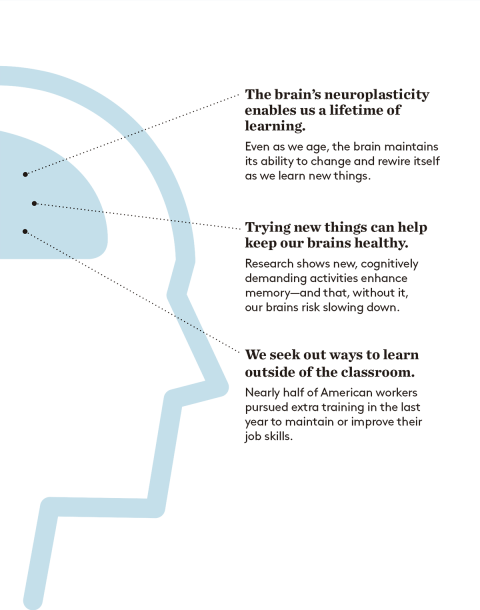
Does living 100 change the way we learn?
Flex your learning muscles everyday!
REFLECT: Imagine you are a time traveler being sent years into the future. What knowledge or skills would you want to learn beforehand to prepare for a new world? How would you go about learning it?
Does living 100 change the way we connect?
Get closer to your close ones and meet new people!
REFLECT: Are their people in your life you’d like to be closer to? What will it take to make that connection? How will you nurture that connection over time?
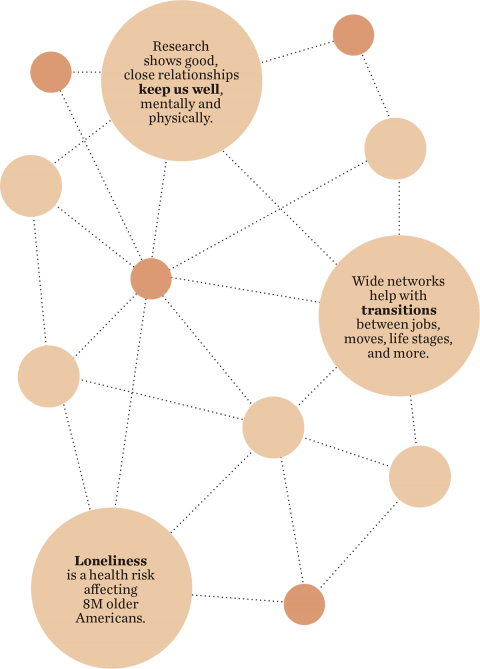

Does living 100 change our approach to health?
Do what gets you moving and take time to de-stress every day!
REFLECT: Our approach to health needs to stand the test of time. What is one thing you do for your health today that you can practice your entire life? What impact would that have on your future self?
Does living 100 change the way we earn?
Make savings a conversation topic!
REFLECT: Think of your financial role model. How do you hope to emulate them? What is a first step you can take to saving money?
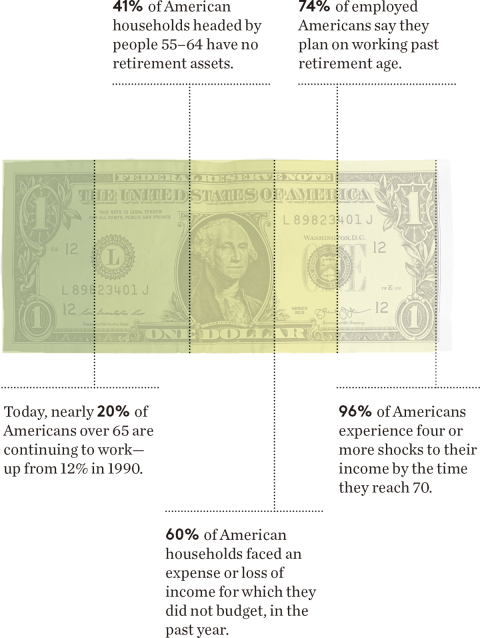
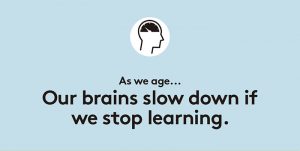
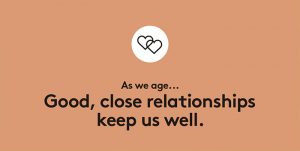


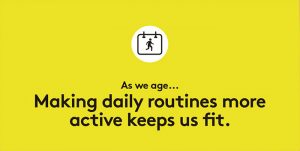
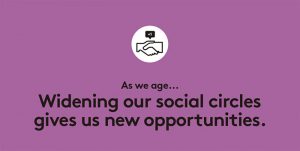
Longevity presents us with an exciting opportunity to redesign how we live as we age. How will you redesign your time?
What age do you consider to be old? As part of the #DisruptAging campaign, AARP posed that question to millennials and asked them to show what “old” looks like. Then, the millennials were introduced to some real “old” people. Watch what happens when folks let go of their outdated beliefs and embrace the idea that aging is not about decline – it’s about growth.
Time: 15-20 min
Goal: Map out your past and future self and think about how you have and will fill your lifespace.
Materials:
Activity:
Step 1: First, use your black pen to draw a line across the page at your current age
Step 2: Next, use the black pen plot out the moments in your life that changed you and the moments that have made you proud (these could be big or small; negative and positive). Consider your family, social and school life – include everything!
Step 3: Next, use your blue pen to add in all moments to date that you wanted to experience but didn’t get to. These could be moments you caught a glimpse of a different path for yourself, or moments you wish you had seized.
Step 4: Finally, with your blue pen, keep moving past your current age. Plot all the moments in your future that you want to experience. Try to extend as far past your current age as you can—as high up the page as you can!
Discussion:
Takeaways:
The mapping exercise probably made the realities of a longer life more personal for you. There is so much opportunity out there! But there are also a lot of challenges. Go back to the ‘Living 100 Workbook’ and learn about how you can prepare yourself to navigate these challenges.
Map Your Life Worksheet
Disrupt Aging: At a Glance
Hallway Posters
© Copyright Games for Change 2025